Pothos, scientifically known as Epipremnum aureum, is a houseplant that is known for its resilience. One crucial factor that significantly influences its growth and vitality is the type of soil it’s planted in.
In this article, we will discuss the essential aspects surrounding the ideal soil for pothos. We will also look at what can go wrong if you use the wrong soil.
Pothos Plants in a Nutshell
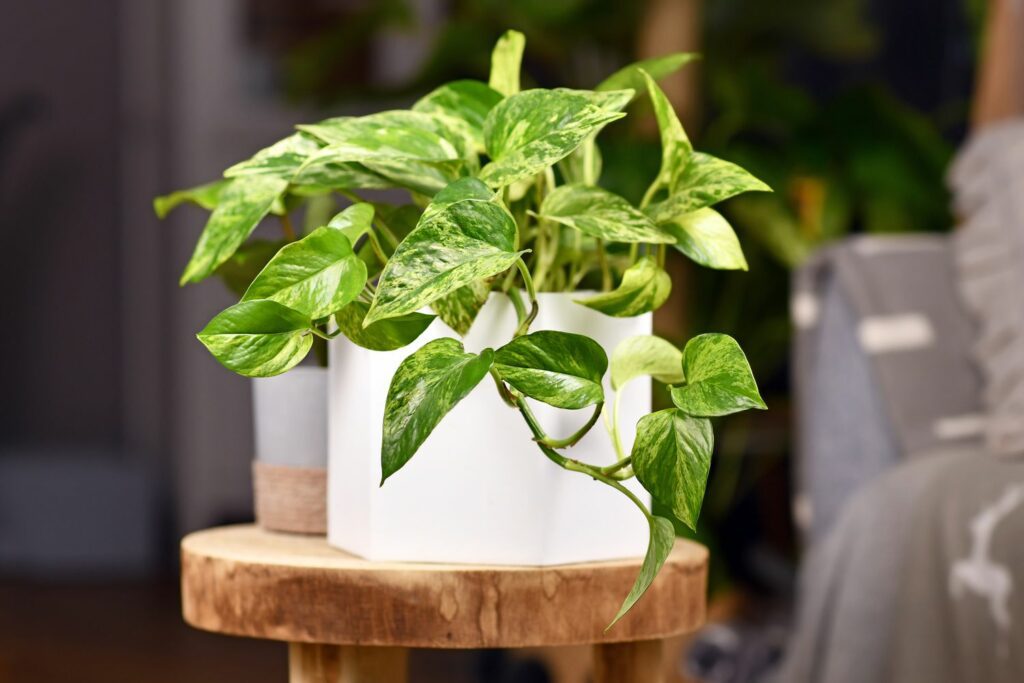

Pothos plants, also known as devil’s ivy, are indoor plants that have trailing vines adorned with heart-shaped leaves. These vines come in various shades of green and often feature variegated patterns.
They thrive in a variety of indoor environments because of their ability to tolerate a range of lighting conditions. They also have the ability to endure drought conditions.
In the wild, pothos plants generate upright flower stalks. They feature a cream-colored spathe highlighted by purple hues encircling the central spadix.
Characteristics of an Ideal Pothos Soil Mix
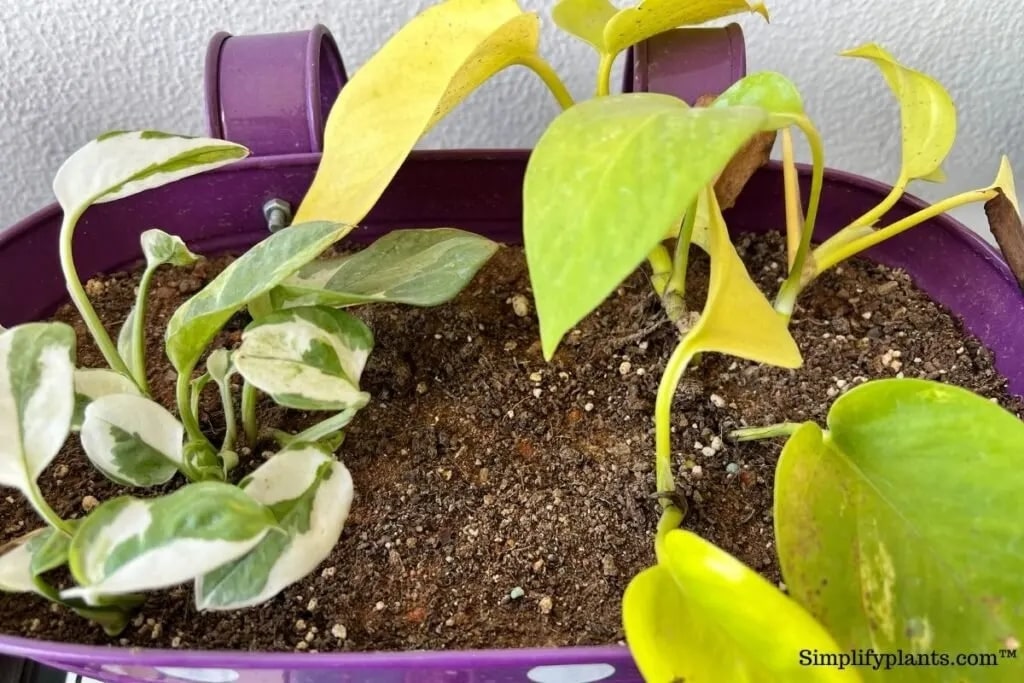

Creating the perfect environment for your pothos plants to thrive requires more than just a green thumb. It involves understanding the key elements that contribute to a soil mix tailored to their unique needs.
- Well-Draining Base: Proper drainage stands as one of the fundamental principles when it comes to pothos soil.
Pothos plants hold a particular aversion to being ensnared in waterlogged soil, as this can cause issues like root rot and other moisture-related complications.
When making the best soil mix, it’s important to let extra water get out quickly. This stops too much water from staying near the roots and causing too much wetness.
- Balanced Fertilizer: It’s recommended to use a general-purpose fertilizer with a balanced nitrogen-phosphorus-potassium (NPK) ratio.
Look for a product with an NPK ratio of 10-10-10, 15-15-15, or 20-20-20. This signifies an equal amount of each element in the fertilizer.
This balanced ratio is regarded as the ideal choice for pothos plants since it supplies the required nutrients in proper proportions.
- Slightly Acidic pH: Pothos plants thrive in soil that’s slightly acidic.
A pH of 7.0 is neutral, and any value lower than this is considered acidic. Pothos plants flourish when the soil mix has a pH range between 6.0 and 6.5.
- Aeration and Moisture Retention: Although pothos plants prefer soil that drains well, they also like the soil to stay a bit wet after you water it.
If the soil dries out too quickly, your plant might not get enough water. On the other hand, too much water prevents proper aeration, so balancing the soil moisture is recommended.
By keeping the soil a little damp and not excessively wet, the soil stays aerated, which is good for the roots.
To hold onto moisture, you can use things like coco coir, sphagnum moss, peat moss, and horticultural charcoal. These ingredients work well for most types of pothos plants.
Creating Your Own Pothos Soil Mix


Recipe 1
- 2 parts worm castings
- 2 parts activated charcoal
- 4 parts coir
- 5 parts orchid bark
- 5 parts perlite
This soil mix blends worm castings for essential nutrients and activated charcoal to prevent root rot and enhance air circulation. The coir is for optimal moisture retention and drainage while the orchid bark promotes aeration and prevents compaction.
Perlite is included in this mix to ensure proper air and water movement.
Recipe 2
- 2 parts peat moss or coco coir
- 1 part perlite
- 1 part pine bark fines
This soil mix blends peat moss or coco coir for moisture retention, perlite for aeration and drainage improvement, and pine bark fines to enhance water absorption and prevent saturation.
DIY vs. Store-Bought Mixes
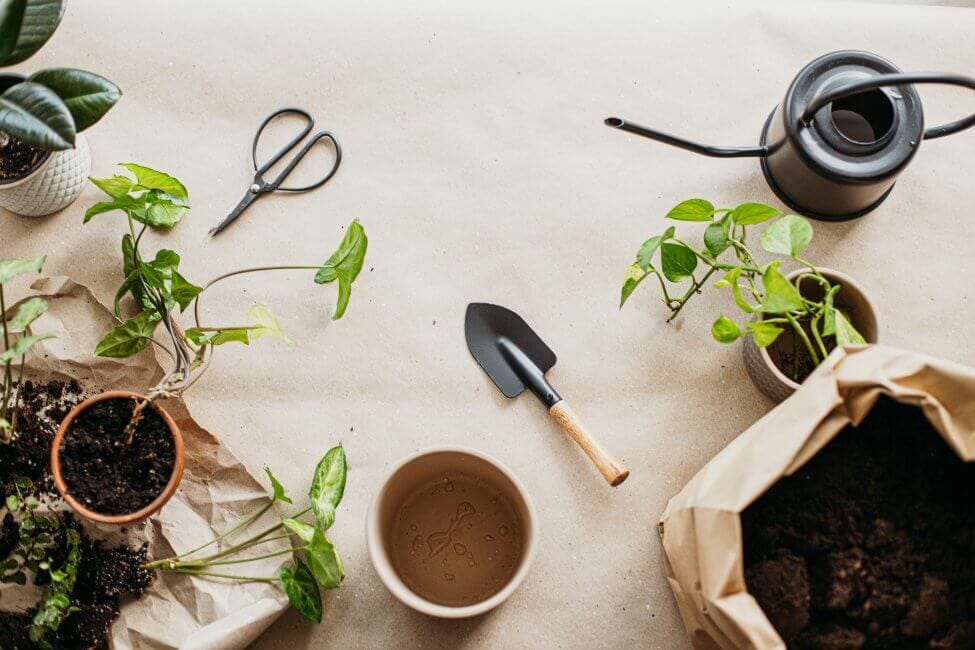

When it comes to selecting the right soil mix for your pothos plants, you have a choice between crafting your own mix or opting for a pre-made solution from the store. Both avenues offer unique advantages, catering to different preferences and situations.
DIY Pothos Soil Mix
Pros:
- Customization: You have full control over the components and proportions, allowing you to tailor the mix to your plant’s specific needs.
- Experimentation: You can try different combinations to find the perfect balance of drainage, moisture retention, and nutrients.
- Personal Connection: Crafting your mix can be a rewarding and creative experience, deepening your connection with your plants.
Cons:
- Time and Effort: Preparing a DIY mix can be time-consuming, requiring research, sourcing various components, and mixing them accurately.
- Inconsistent Results: Inexperienced gardeners might struggle to create a well-balanced mix that meets their plants’ needs.
Store-Bought Pothos Soil Mix
Pros:
- Convenience: Store-bought mixes are ready to use. This saves you time and effort compared to DIY options.
- Expert Formulation: These mixes are often developed by experts. This ensures a balanced blend of drainage, aeration, and nutrients.
- Consistent Results: You can expect reliable outcomes, making them suitable for beginners or those seeking hassle-free gardening.
Cons:
- Limited Customization: Store-bought mixes might not cater to the unique requirements of your specific pothos plant.
- Cost: High-quality store-bought mixes can be relatively more expensive than creating your own mix.
Step-by-Step Guide to Repotting Pothos Plants
Repotting your pothos plants is significant for their development. Here is a step-by-step process to ensure a stress-free transition for your plants:
Selecting the Right Pot
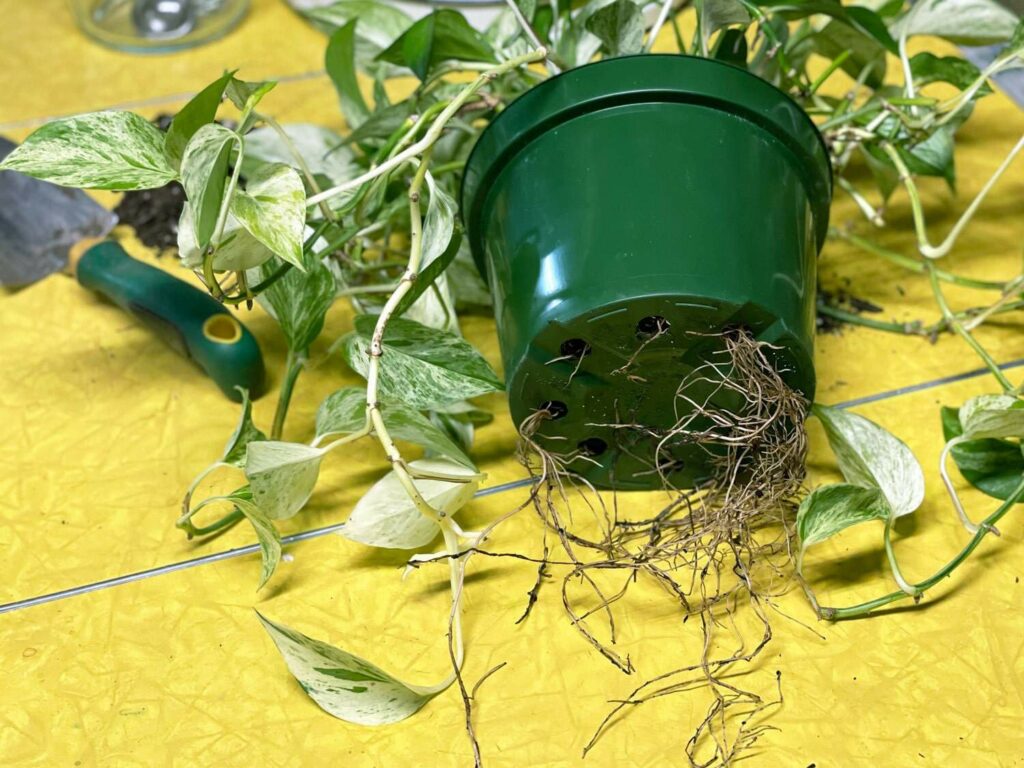

Choosing an appropriately sized pot serves as the foundation for your pothos plants.
Opt for a pot that is slightly larger than the current one to have ample space for the roots to spread and establish themselves.
This promotes healthy growth and prevents the plant from becoming root-bound or becoming too crowded.
In addition, make sure the chosen pot has drainage holes to allow excess water to escape.
This feature prevents water accumulation and protects your plant from waterlogged conditions that could lead to root rot.
Preparing the Soil Mix
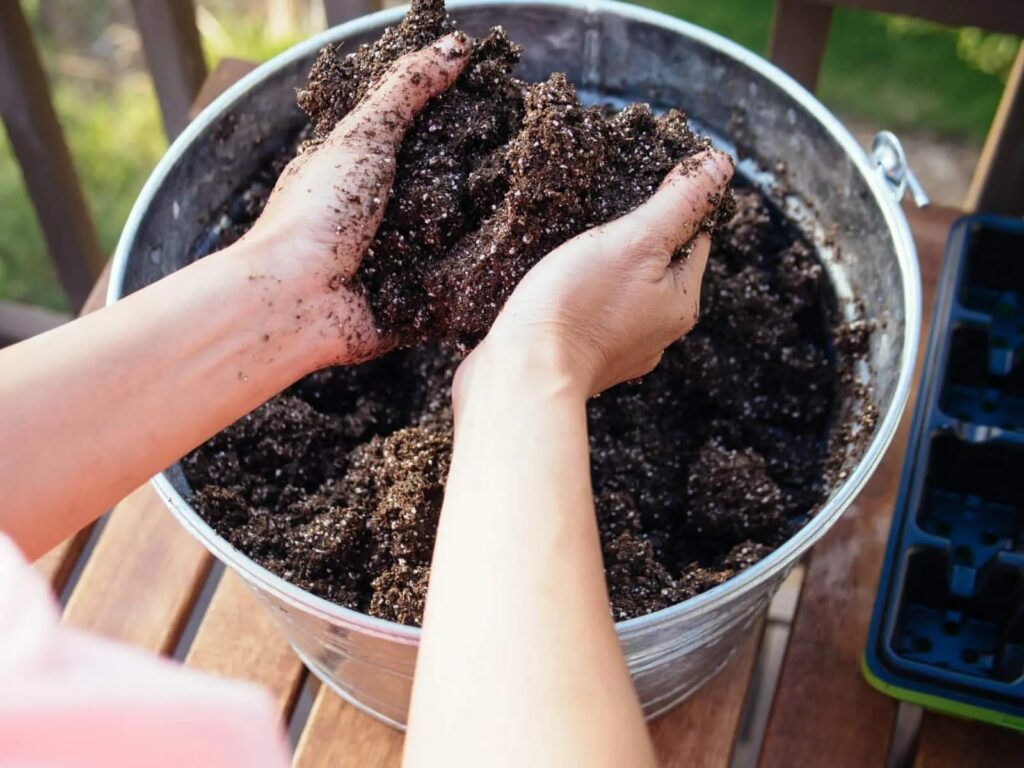

Before starting the repotting process, make sure that your soil mix is well-prepared. If you’re into DIY, combine the selected components based on the proportions you’ve determined.
Strive for a balanced blend that strikes the perfect harmony between being well-aerated, retaining moisture effectively, and being rich in essential nutrients.
This mix sets the stage for your pothos to thrive in its new home, providing the necessary support for optimal growth and development.
Repotting Process


Begin the repotting process by gently removing your pothos plant from its current container. Take care to handle the plant delicately and avoid damaging its roots.
Place a layer of the prepared soil mix at the bottom of the new pot. This provides a comfortable bedding for the plant’s roots to settle into.
Center the plant in the pot and fill in the sides with the soil mix, ensuring the roots are evenly covered. Gently press down on the soil to secure the plant in its new home.
Once repotting is complete, water the plant to help it adjust to its fresh surroundings.
Common Problems of Pothos Caused by Wrong Soil Mix
When the soil you’re using isn’t suitable for your pothos plant, you will likely see one or more signs. Your plant and the soil itself will provide clear indications that a different soil choice is necessary.
Yellowing Leaves
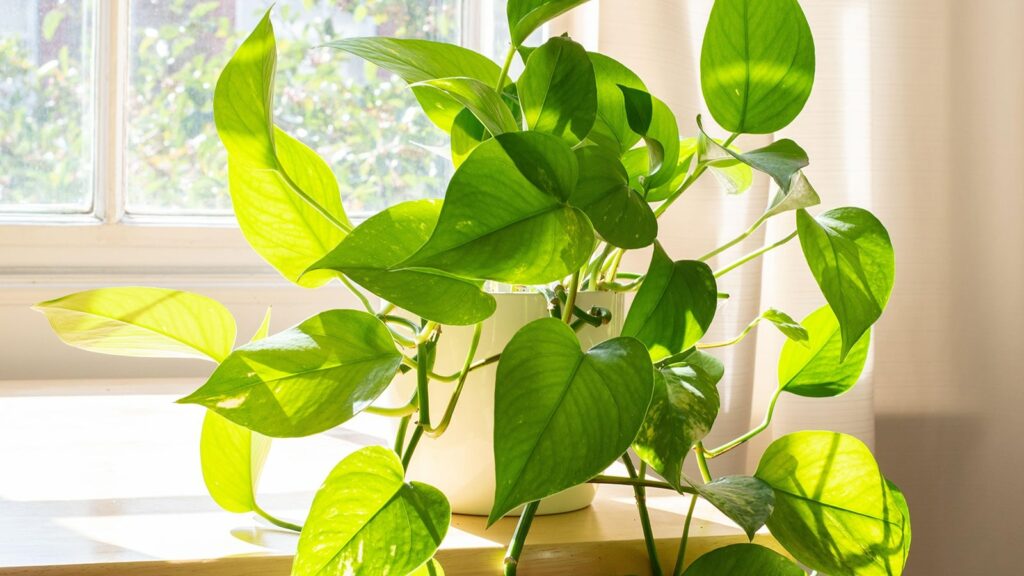

Yellow leaves or leaf loss can be a hint that your soil mix isn’t right or the plant is lacking essential nutrients.
Yellow leaves often appear when your plant doesn’t have enough access to oxygen. If the soil you’re using lacks proper drainage, your plant’s roots are deprived of the oxygen they need.
Yellow leaves can also be a sign of root rot. Root rot is brought about by a fungus that often appears in excessively wet conditions.
Soft Plant Tissue
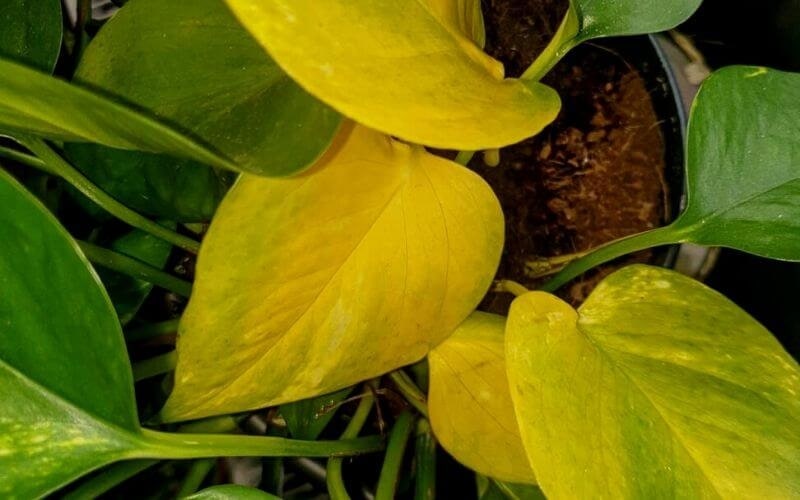

When you notice that the roots or above-ground tissue of your plant are soft, it could be due to fungal issues. These issues tend to arise when a plant is consistently in damp soil.
If you observe soft tissue, it’s essential to check the soil. Extra water should drain out from the bottom instead of lingering in the soil.
Slow Growth
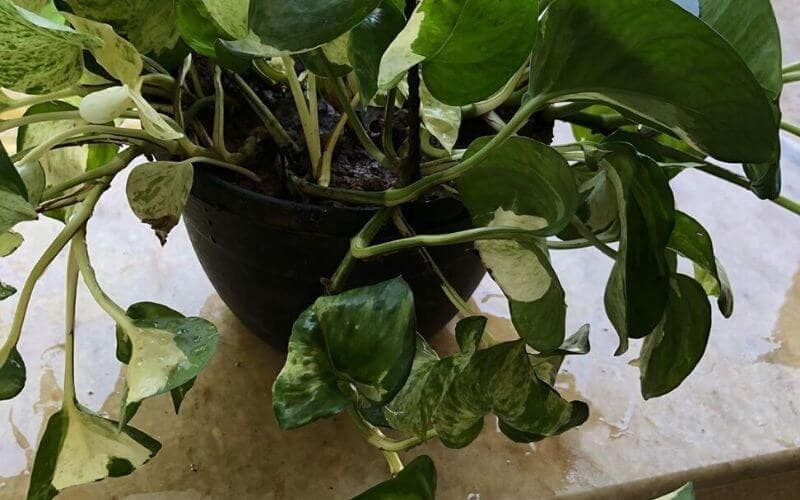

If your plant’s growth is sluggish, it might be time to replenish the soil’s nutrients. Balanced fertilizers like a 15-15-15 fertilizer can be effective for enhancing growth.
Drooping
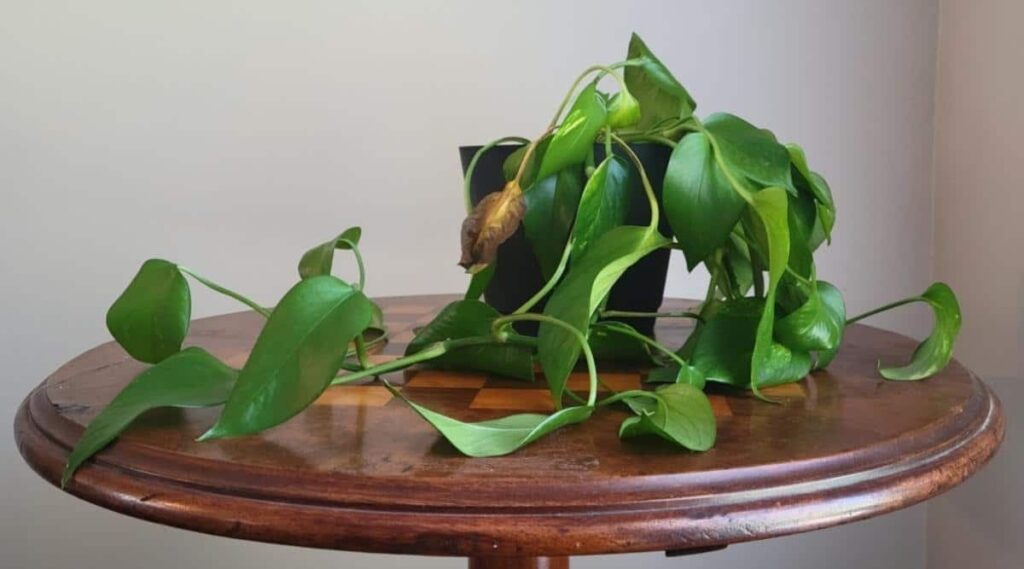

Maintaining a consistent watering schedule for your plants is recommended, and wilting plants might signal a dry soil issue.
Water the plant thoroughly if the top inch of soil feels dry. If the soil tends to dry out too rapidly, adding pine bark or vermiculite can enhance water retention.
Root Rot
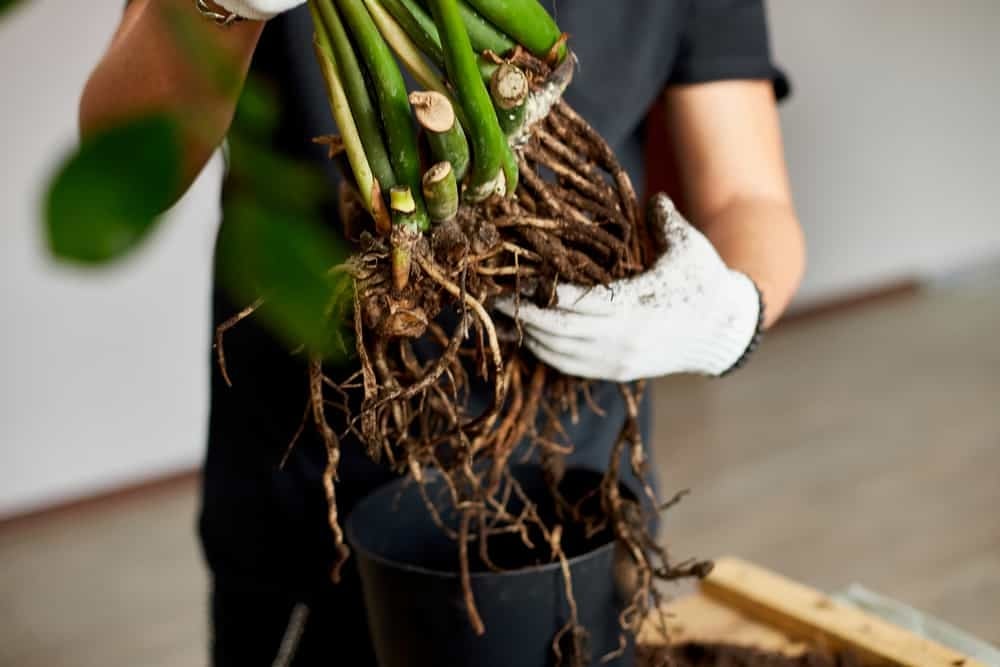

Dark-brown leaves or darkened, mushy stems might point to root rot. This occurs when harmful bacteria or fungi thrive in excessively wet conditions.
It’s a clear indication of a drainage problem or overwatering. The treatment approach remains the same in both cases.
Repotting your pothos with fresh soil in a new pot can help treat root rot, and using root supplements is recommended during this process.
It’s also important to trim away any rotten roots when you see them.
Moist Soil
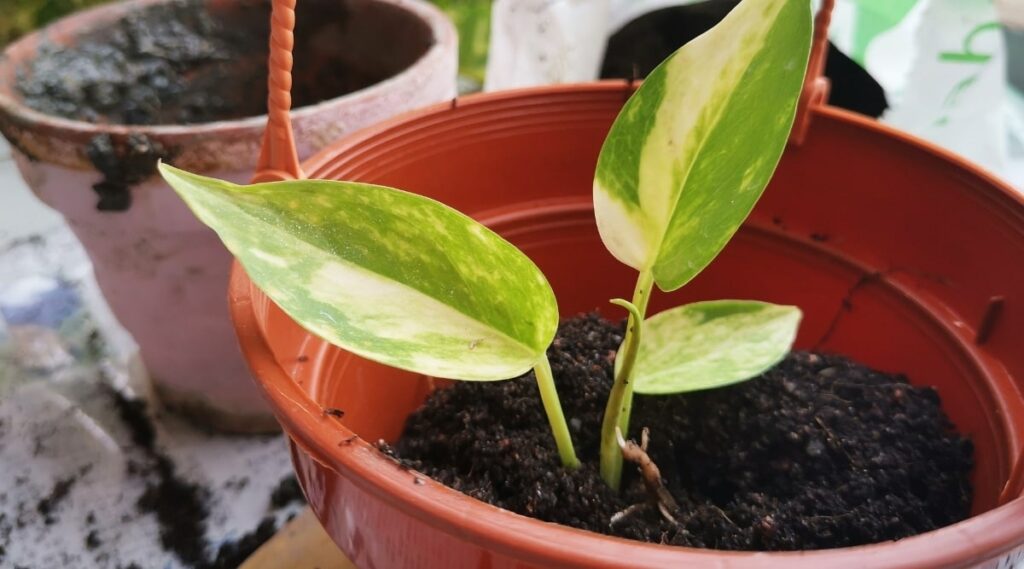

When you water your pothos plant, the soil should become damp. Yet it’s important that any extra water drains out from the bottom of the planter instead of lingering in the soil.
The soil should gradually dry up over time. The rate at which the soil dries depends on environmental factors; nevertheless, the top layer, about two inches deep, should be dry within a span of one to three weeks.
Persistent dampness on the surface of the soil indicates poor drainage. This serves as a clear signal that a different choice of potting soil is necessary for your pothos plant.



